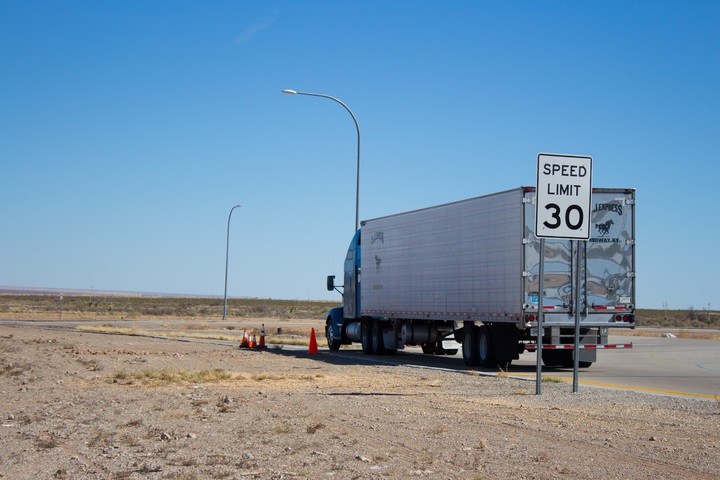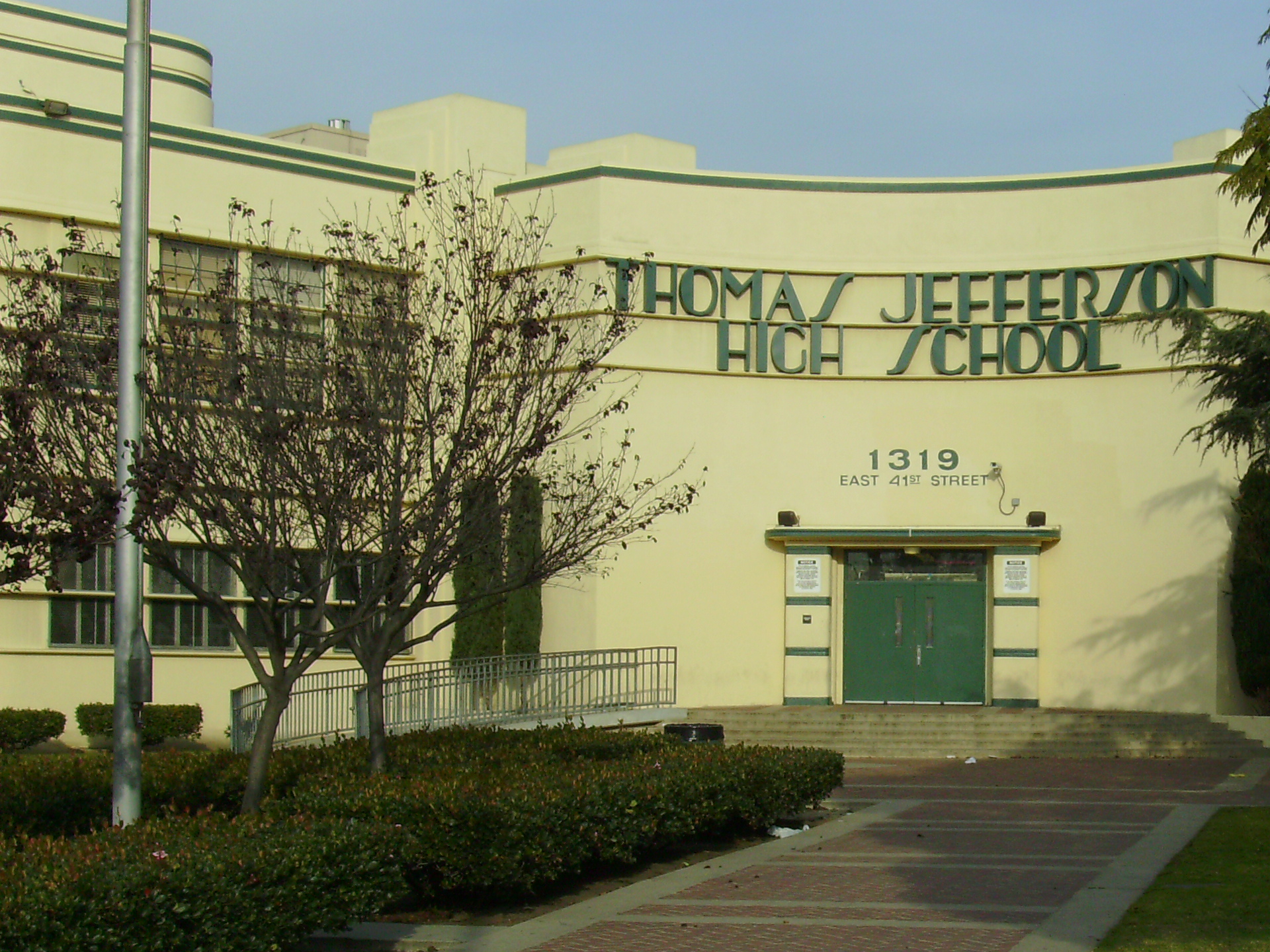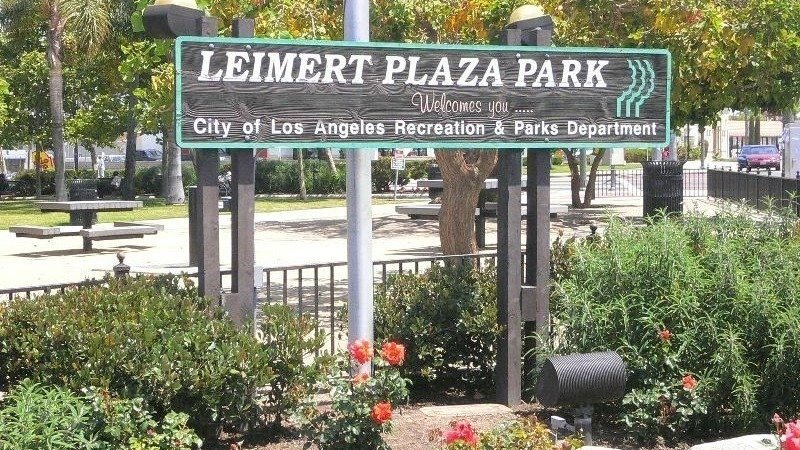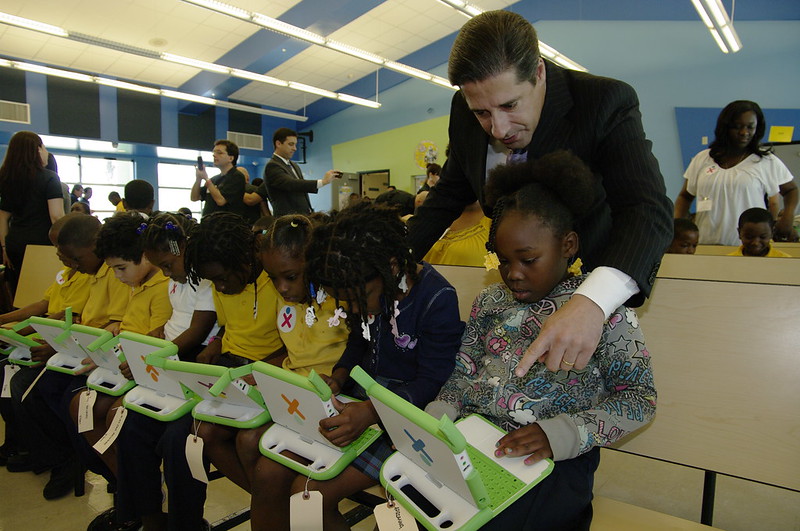Two of the top 20 trucking bottlenecks in the United States are in California, including one in Los Angeles, according to a study released Tuesday by TRIP, a national transportation research nonprofit based in Washington, D.C.
The California trucking bottlenecks making the top 20 are the 10 Freeway at the 15 Freeway in San Bernardino, ranking No. 10 overall, and the 60 Freeway at the 57 Freeway in Los Angeles, coming in at No. 11.
Four of the top 20 bottlenecks are in Texas, and three are in Georgia, according to TRIP.
The TRIP report, “The U.S. Freight Network’s Critical Role in the Supply Chain,” examines the latest information on the condition and reliability of the nation’s supply chain. The report finds, while vehicle miles of travel (VMT) in the United States bottomed out in April 2020 at a level 40% below that in April 2019, by September 2021, VMT rebounded 1.8% below September 2019 levels. California VMT was 5.3% below pre-pandemic levels in September 2021.
Freight movement fell 10% by April 2020, an example of the resilience of the supply chain and the country’s reliance on freight movement, according to the report. National freight movement, which includes for-hire trucking, freight railroad services, inland waterway traffic, pipeline movements and air freight, peaked in August 2019. It bottomed out to its lowest level in April 2020, and by September 2021, it rebounded to within 2% of September 2019.
“California’s economy is diverse and relies heavily on efficient movement of goods and transport for workers. Our state needs infrastructure investments that will help alleviate roadway congestion so that we can improve our ability to move people and products within California and throughout the nation,” Allan Zaremberg of the California Chamber of Commerce said in a statement.
The report indicates federal transportation funding from the Infrastructure Investment and Jobs Act is critical for states to make additional investments to improve the efficiency and condition of the nation’s freight network to minimize supply chain disruptions.
“This latest TRIP report highlights the critical role the operation of the nation’s supply chain has on economic growth and quality of life for all citizens,” Ed Mortimer, vice president of transportation infrastructure at the United States Chamber of Commerce, said in a statement. “With passage of the Bipartisan Infrastructure legislation, new federal resources will join with state, local and private partners to modernize the freight network in a one-in- a-generational opportunity to rebuild and innovate, ensuring America’s competitiveness long into the 21st century.”
The Texas Transportation Institute, in its 2021 Urban Mobility Report, found that increasing traffic congestion resulted in a 77% increase in traffic delays for commercial trucks from 2000 to 2019, increasing from 219 million hours to 387 million hours.
“Highway bottlenecks cost the trucking industry more than $75 billion each year, contributing to the recent surge in inflation and driving down supply chain efficiencies,” Bill Sullivan, executive vice president of advocacy for the American Trucking Associations, said. “The TRIP report provides some of the starkest evidence yet of the dire consequences of under- investment in our nation’s most critical infrastructure.”
The TRIP report finds that 4% of pavement on the National Highway Freight Network are rated in poor condition and 19% are rated in fair condition. The remaining 77% are rated in good condition. Of the National Highway Freight Network bridges, 4% are rated in poor condition, 43% are rated in fair condition and 53% are rated in good condition.
The Infrastructure Investment and Jobs Act will provide $304 billion for highways, roads, and bridges over the next five years, through Sept. 30, 2026, according to TRIP.
“In the short term, improving the performance of the nation’s supply chain will require addressing the many supply chain challenges that are restricting the timely movement of freight,” Dave Kearby, TRIP’s executive director, said. “But ensuring that the nation’s long-term goals for economic growth and quality of life are met will require investing adequately in an efficient transportation system that will provide the U.S. with a reliable supply chain.”







